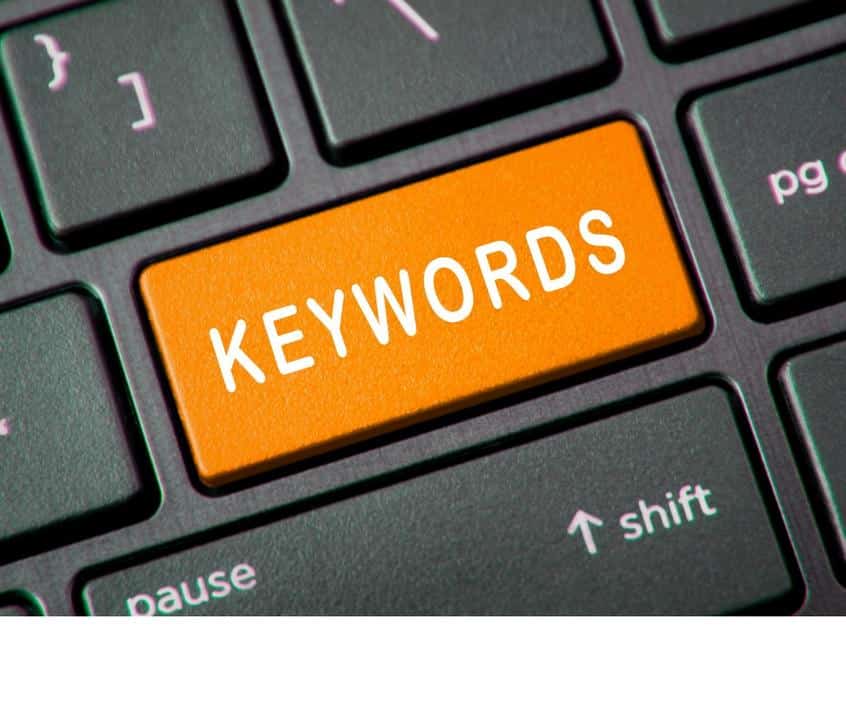Internal linking is often overlooked in the realm of SEO, but its importance cannot be overstated. When done strategically, internal linking can significantly enhance your website’s visibility and rankings in search engine results pages (SERPs).
However, haphazard or excessive internal linking can have the opposite effect, undermining your online marketing efforts. Let’s delve into the importance of internal linking and how mastering this art can turbocharge your SEO strategy.
The Power of Strategic Internal Linking
Internal linking refers to the practice of linking one page of a website to another page within the same domain. When implemented strategically, internal links serve several critical functions for SEO:
- Enhanced Crawling and Indexing: Internal links provide pathways for search engine bots to navigate and discover new pages on your website. By linking to relevant and high-quality content, you can ensure that all pages are crawled and indexed effectively, improving their chances of ranking in search results.
- Improved Site Architecture: Strategic internal linking helps establish a logical hierarchy and structure within your website. By linking related pages together, you create a cohesive network of information that enhances user experience and makes it easier for both users and search engines to navigate your site.
- Page Authority and Ranking Distribution: Internal links pass authority and relevance from one page to another within your website. By linking to important pages or cornerstone content, you can distribute ranking power throughout your site and boost the visibility of key pages in search results.
- Encouraged User Engagement: Internal links guide users to explore more of your website, leading to increased engagement and longer session durations. By providing relevant and helpful links within your content, you can keep users on your site longer and encourage them to discover additional pages and resources.
Avoiding the Pitfalls of Haphazard Internal Linking
While internal linking offers numerous benefits for SEO, it’s essential to approach it with caution. Haphazard or excessive internal linking can have negative consequences, including:
- Keyword Cannibalization: Overlapping or excessive internal links targeting the same keywords can confuse search engines and dilute the authority of your pages. This phenomenon, known as keyword cannibalization, can hinder your SEO efforts and result in lower rankings for targeted keywords.
- User Confusion: Too many internal links can overwhelm users and detract from the readability and usability of your content. Visitors may become frustrated or disoriented, leading to higher bounce rates and decreased user satisfaction.
- Thin Content Pages: Linking to low-quality or irrelevant content can signal to search engines that your website lacks depth or authority. Avoid linking to thin content pages or outdated resources, as this can negatively impact your site’s overall credibility and rankings.
Mastering Internal Linking with PageHelp
At PageHelp, we understand the critical role that internal linking plays in SEO success. Our on-page SEO services include strategic internal linking strategies tailored to your website’s unique needs. From optimizing site architecture to creating a cohesive internal linking framework, we’ll help you harness the power of internal links to elevate your SEO strategy and drive better results.
Ready to take your SEO strategy to the next level? Contact PageHelp today to schedule a FREE website analysis and learn how our on-page SEO services can help you maximize your website’s potential. Let’s work together to optimize your internal linking and unlock new opportunities for online success.


